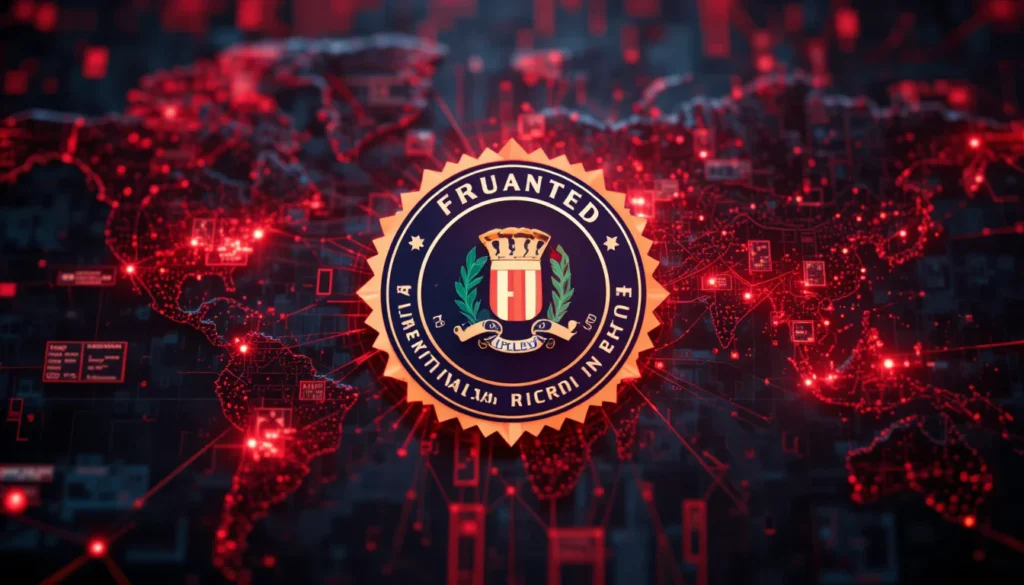Overview
In a major international operation, the FBI has successfully seized key infrastructure used by the notorious QakBot banking malware, crippling a global cybercriminal network responsible for billions in losses. This takedown, involving cooperation from law enforcement agencies across multiple countries, marks a significant milestone in the fight against malware-driven financial fraud.
Key Facts
- QakBot, also known as Qbot, has been one of the most persistent and damaging banking malware strains since 2008.
- The FBI seized and dismantled command and control servers linked to QakBot’s infrastructure.
- Over $8.6 million in cryptocurrency was confiscated during the operation.
- The operation was dubbed “Duck Hunt” and was carried out in coordination with law enforcement from France, Germany, the UK, the Netherlands, Latvia, and Romania.
- This is the largest U.S.-led takedown of QakBot servers in history.
- QakBot had infected over 700,000 machines globally, including nearly 200,000 in the U.S. alone.
What’s Verified and What’s Still Unclear
✅ Confirmed:
- FBI and DOJ statements confirm seizure of QakBot’s backend infrastructure.
- Multiple QakBot-infected devices were remotely disinfected using a special FBI tool.
- Crypto wallets associated with the group were frozen.
❓ Unclear:
- The identity and arrest status of the core operators behind QakBot.
- Whether remnants of the botnet could rebuild in new form.
- If affected users will receive restitution from seized funds.
Timeline of Events
- 2008–2022: QakBot steadily evolves from a banking trojan to a malware loader.
- Early 2023: Cybersecurity researchers flag an uptick in QakBot phishing campaigns.
- July 2023: Global intelligence gathering effort begins targeting QakBot servers.
- August 25, 2023: Coordinated law enforcement raids begin.
- August 29, 2023: FBI and DOJ publicly announce successful takedown.
Who’s Behind It?
While the exact identities remain masked, Eastern European cybercrime groups are suspected to be behind QakBot. Historically, this malware has been used by ransomware gangs like Conti, ProLock, and REvil. The infrastructure’s complexity indicates a well-funded and highly organized operation.
Public & Industry Response:
Cybersecurity experts have applauded the operation, calling it a “landmark victory” in the war on malware.
- Microsoft, Proofpoint, and Trend Micro praised the coordination between global law enforcement and private sector researchers.
- The takedown has been described as “surgically precise” and “technically impressive.”
- Reddit and InfoSec Twitter buzzed with excitement and skepticism, with some questioning how long the win will last.
What Makes This Unique?
This takedown stands out for three key reasons:
- FBI directly disrupted a live botnet using remote tools, a rare occurrence.
- It included real-time removal of malware from victim computers.
- The FBI worked closely with foreign agencies, showcasing an unprecedented level of global cooperation.
Understanding the Basics
What is QakBot?
QakBot is a type of modular malware originally designed to steal online banking credentials. Over time, it evolved into a malware loader, delivering ransomware, keyloggers, and backdoors. It spreads via phishing emails and malicious Microsoft Office macros, often disguised as invoices, job offers, or legal documents.
What Happens Next?
- The FBI will continue to analyze seized data for possible prosecution.
- Enterprises are urged to patch outdated systems, deploy EDR solutions, and educate employees on phishing awareness.
- Security firms predict QakBot successors may emerge under different names.
- The operation is expected to disrupt ongoing ransomware campaigns, at least temporarily.
Summary
The FBI-led seizure of QakBot infrastructure is a major cyber enforcement success. While it won’t eliminate malware altogether, it sends a strong message: no malware network is untouchable. Organizations should remain vigilant, as cybercriminals are known to rebrand and rebuild. The Duck Hunt operation, however, provides a rare win for defenders in the cybersecurity war.
